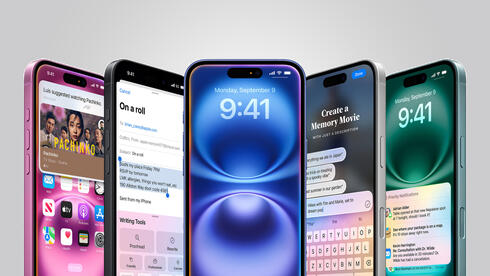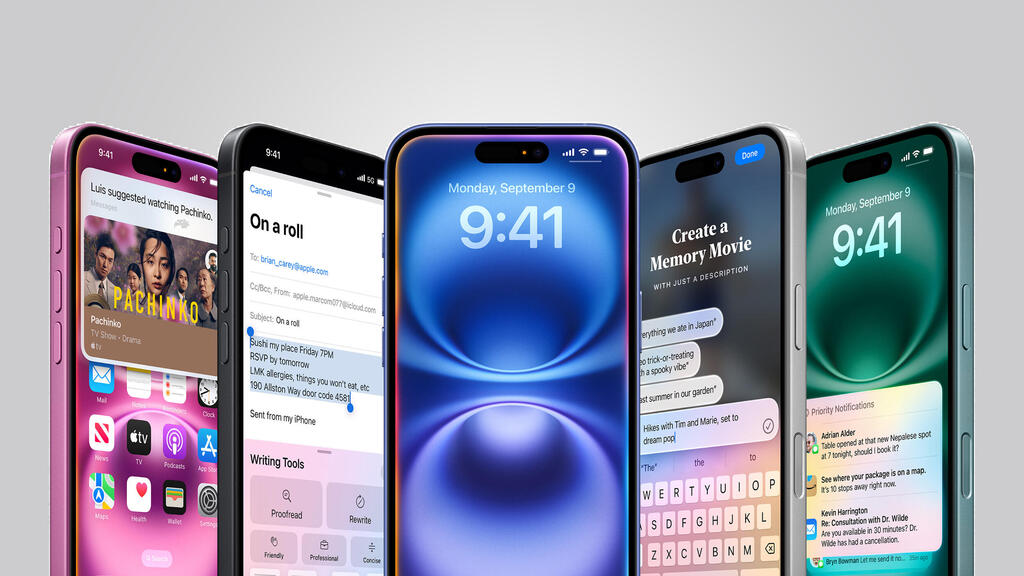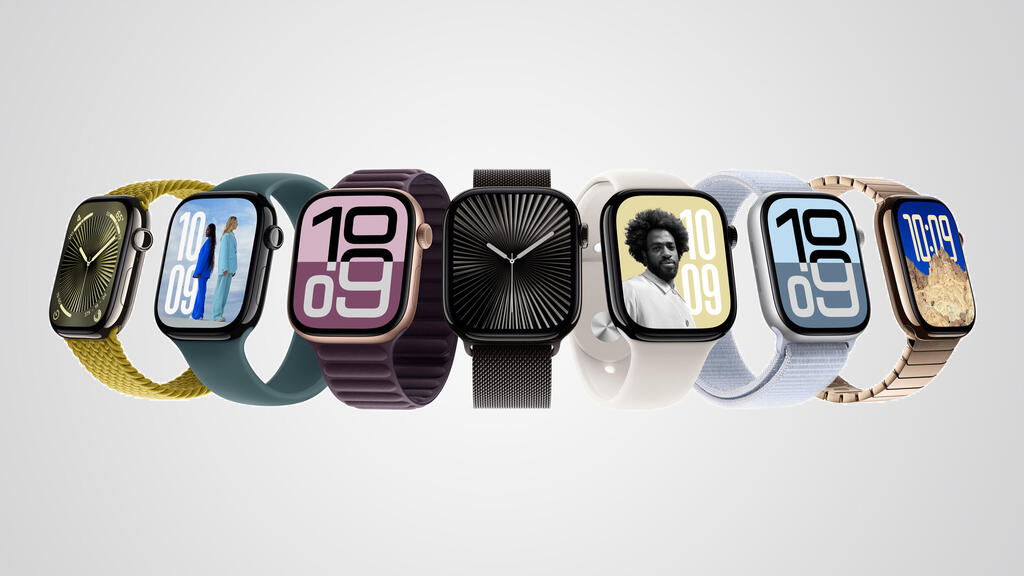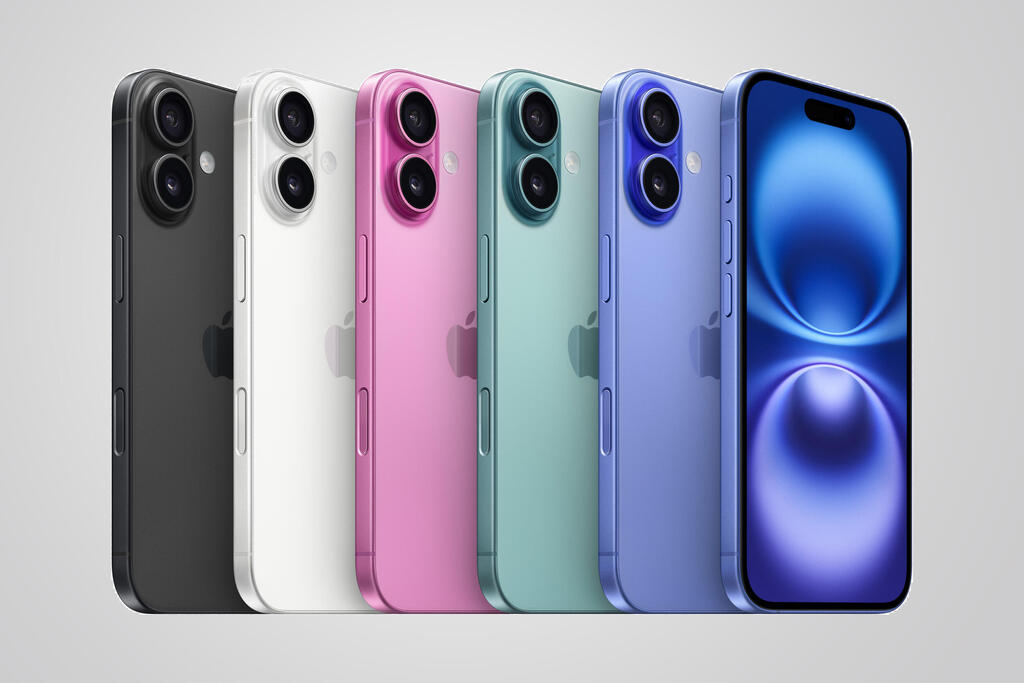
Apple’s iPhone 16: A small wave in the tech tide
New devices introduce incremental upgrades and delayed AI integration.
There were very high expectations from Apple's launch event on Monday, which may have been the most anticipated of all for the technology giant. After several consecutive quarters of uncertainty, Apple hopes that the newly revealed iPhone models, along with its AI system, Apple Intelligence—introduced in June and set to arrive this fall—will spark a significant upgrade cycle and return the company’s revenues to a double-digit growth trajectory. However, the relatively minor and unremarkable innovations in the new devices, the fact that the new AI capabilities will also be available on existing devices, and the delayed availability of these capabilities suggest that instead of a tsunami of upgrades, Apple might only see a small wave.
Three product lines were the focus of Monday’s event. Most attention was devoted to the new iPhone models: iPhone 16 and iPhone 16 Pro. In terms of hardware, the devices did not receive a major upgrade. All models will feature improved processors, which Apple promises will be much faster than previous generations, and a more advanced camera. The Pro models also get a minor screen size increase: 6.3 inches for the regular Pro model and 6.9 inches for the Max model (0.2 inches larger than the previous generation and the iPhone 16).
The most notable innovation is a physical button to activate the camera, allowing users to launch the photo app, zoom in and out, preview the image, and take a photo or start recording a video with a slide or click gesture. This is a nice and useful addition but may not be compelling enough to drive users to upgrade.
The new Apple Watch Series 10 features a redesigned larger screen and a thinner profile but introduces few new features. The most prominent addition is the detection of sleep apnea, a condition that can cause daytime fatigue and irritability and often goes undetected.
The fourth-generation AirPods have been redesigned to better fit each ear and now include noise-filtering capabilities previously available only on the Pro models. The AirPods Pro have not been updated (likely to happen next year), but the current model, AirPods Pro 2, will receive a software upgrade that adds audio health features: automatic reduction of loud noises, a clinically verified hearing test, and the use of headphones as a personalized hearing aid.
If this seems underwhelming, you’re not alone. Apple didn’t have much new to showcase this year. The event was shorter than usual, lasting just over an hour and a half instead of the traditional two hours. A significant portion of the content focused not on the devices themselves but on the AI capabilities that will be integrated into them—capabilities Apple had already detailed at the company's developer conference in June.
These capabilities were received positively and raised optimistic forecasts for the company, thanks to their deep integration with Apple devices and services, emphasis on daily usability, and smart utilization of personal information while maintaining user privacy.
However, the summer optimism is giving way to autumn disappointment. The new system's capabilities won’t be available when the new iPhones hit U.S. stores on September 20, nor when they arrive in Israel a week later. They are expected to reach the devices only in November, and even then, only partially and in a beta version. Moreover, these capabilities will also be available on existing models, particularly the iPhone 15 Pro.
With modest hardware upgrades, AI capabilities delayed for weeks or months, and available on existing devices, users—unless their current device is very old—have little reason to rush to upgrade to the newest iPhone models. This doesn’t mean the launch will be a failure; we are likely to see an increase in iPhone sales. However, a significant upgrade cycle, marked by excitement and a double-digit revenue jump, may have to wait until next year, when Apple is expected to unveil a major redesign for the iPhone. In the worst-case scenario, it might even wait until the introduction of a foldable iPhone, which has an as-yet-unknown release date.
















